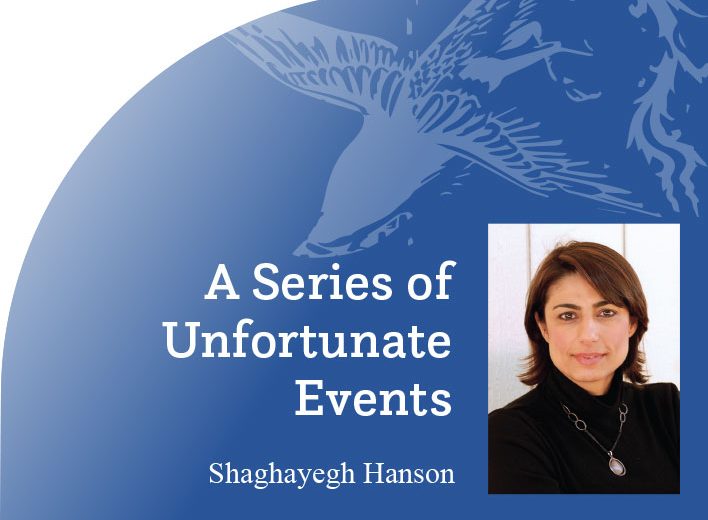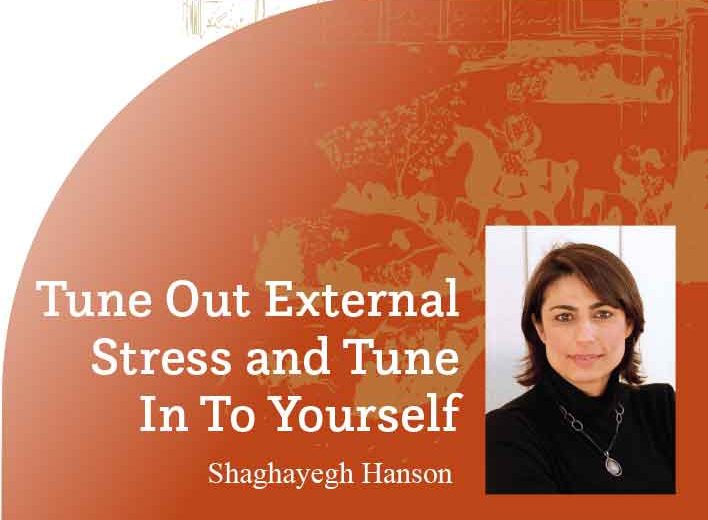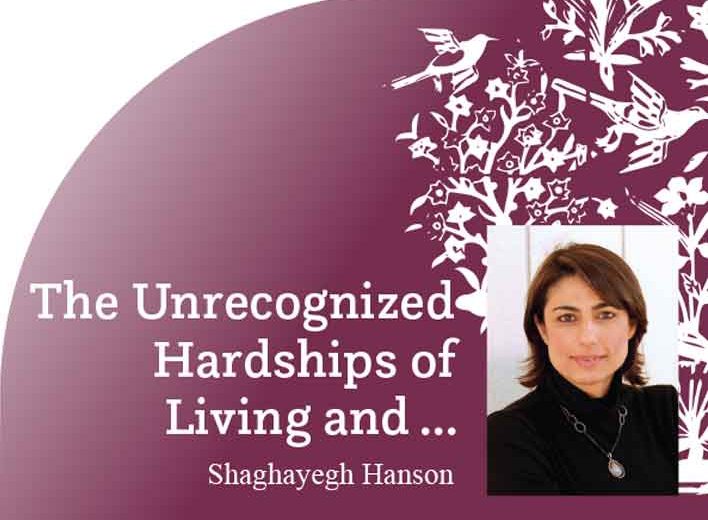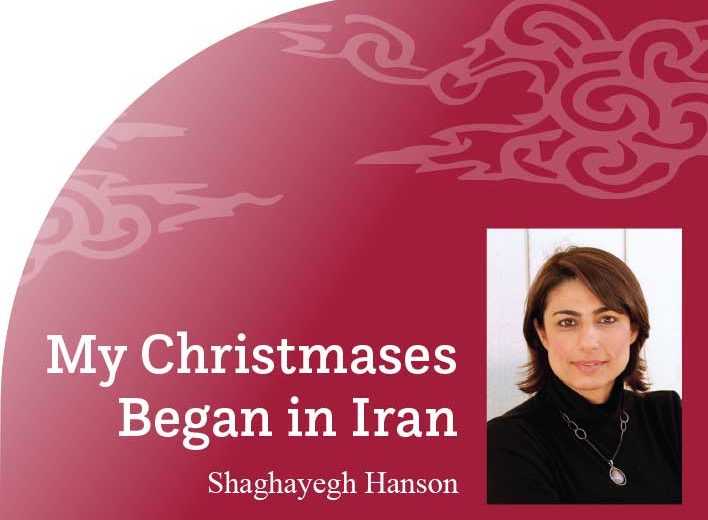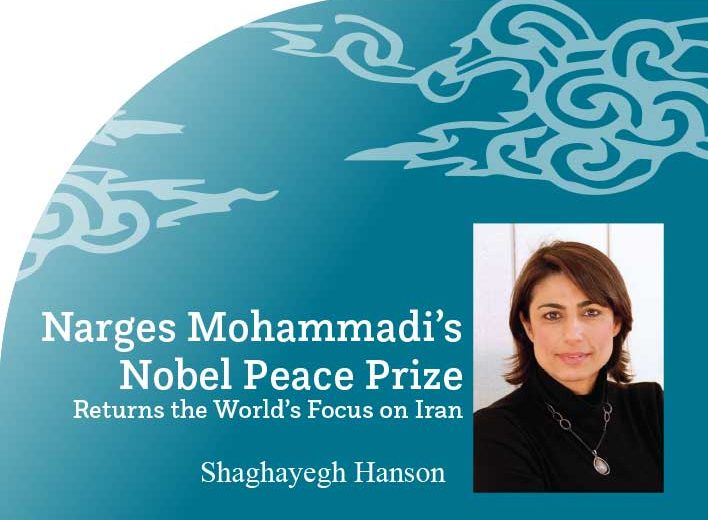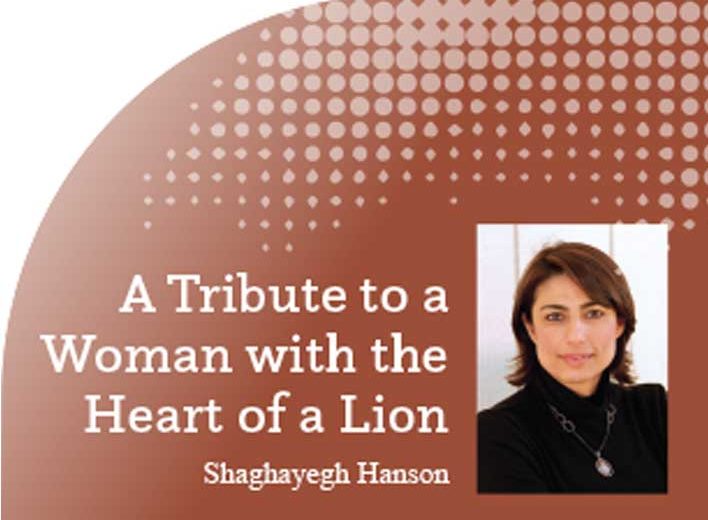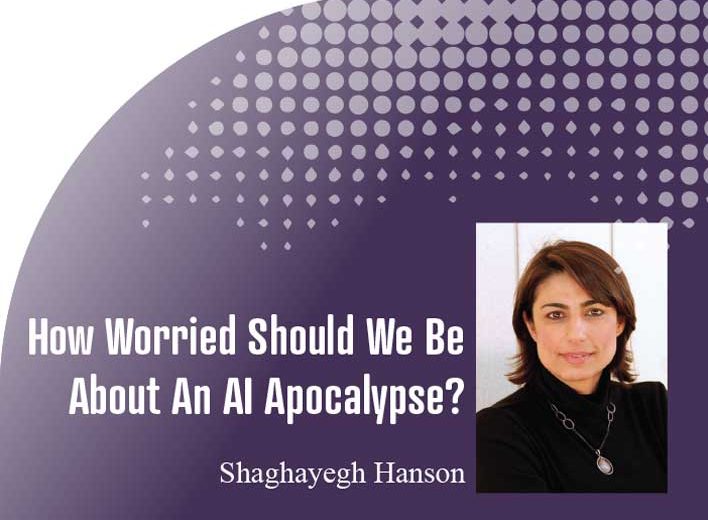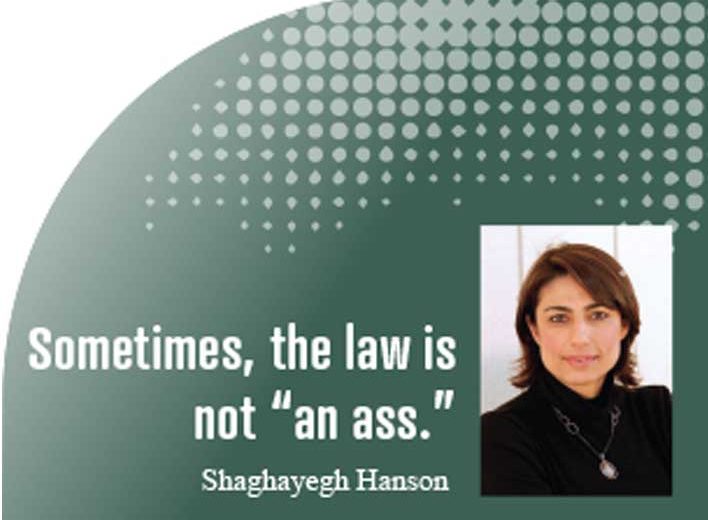Shaghayegh Hanson
It is another beautiful, sunny morning in San Diego. As I drink my morning coffee, my 21-year-old daughter emerges from her room in tears. In a panic, I ask what’s wrong. Did someone die? Unable to speak in the moment, she hands me her phone and plays a tribute video posted on TikTok for one of the student victims of the Michigan State mass shooting. I see clips of a handsome, happy young man, surrounded by friends and enjoying college life. The soundtrack is, “Hey There Delilah,” a song about a girl and boy and the promise of the lives they have to come: “Someday I’ll pay the bills with this guitar, We’ll have it good, We’ll have the life we knew we would, . . . .” The video ends with a focused shot on the young man, sitting in his dorm room with friends, all of them singing the song together. By this time, I am crying, too. We are crying for this boy, for the other young lives lost, for the injured and traumatized, and for their parents whose lives will forever be tethered to the unimaginable grief of losing a child. And we worry for my son at college, living the same life and holding the same dreams as the young man in the video.
I know my daughter’s reaction is a cumulation of years of underlying anxiety caused by active shooter drills at school, real lockdowns at school, and constant social media alerts of the latest mass shooting or gun violence in schools. According to Gun Violence Archive data, there were 132 incidents of school shootings just last year. Twelve of those were mass shootings, including the tragedy at Robb Elementary School in Uvalde, Texas. In total, there have been 67 mass shootings so far this year.
When children hear about tragedies or see images of it—which in today’s social-media-drenched youth culture is hard to avoid—they can develop “vicarious traumatization,” or second-hand trauma. My children were born in 2001 and 2003, into a world deeply affected by the 1999 Columbine High School shootings, and in a world which would continue to witness the corrosion of schools as a safe place of learning. It is not okay. Our kids are not okay. Our teachers are not okay. And we, as parents, are not okay. But it does not have to stay this way. We must continue to fight for change, and never become so numb as to accept these senseless losses of life as an unavoidable by-product of a “free” America.
I know it’s Nowruz and I was intending to write something more cheery but, you know, Nowruz is also a time for reflection. We have a lot to reflect on this year, regarding our lives here and the state of affairs in Iran. We are a resilient people, being no strangers to life-changing adversity. So, on the one hand, we can celebrate our Nowruz with good cheer, enjoying its reaffirmation of our cultural identity, integrity, and strength, while, on the other hand, we can harness the force of our reflections to continue fighting and hoping for a world where the kids will be okay, whether here or in the motherland.
Here’s to Nowruz and a re-commitment to our ancient credo of good thoughts, good words, and good deeds. May it bring us comfort in dark days and may it bear fruit for the future of our kids.
1- https://www.usatoday.com/story/news/nation/2023/02/15/mass-shootings-us-2023/11262414002/
2- https://www.nytimes.com/2023/02/14/us/michigan-state-shooting-students-gun-violence.html
3- https://time.com/6182235/mass-shootings-children-mental-health-anxiety-depression/


